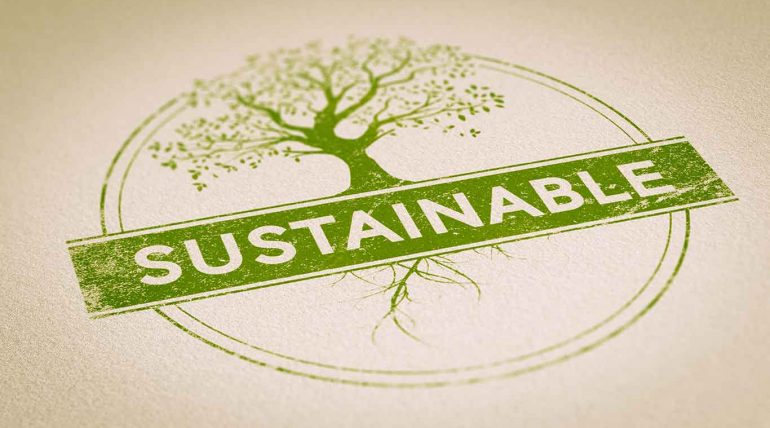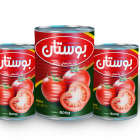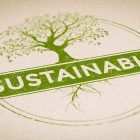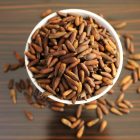How to choose sustainable foods?
It is essential to choose a model of healthy eating and as little as possible to shed agricultural ecosystems.
In this case, a return to traditional dietary guidelines is imposed, which we now call the “Mediterranean diet“, based on some simple suggestions, for example:
Increase the consumption of legumes (legumes contain many proteins at a low price, and contribute to regenerate nutrients from crop fields). Usually, increase the percentage of vegetables in our diet.
Reduce meat consumption. The current average consumption is about 80 kilos per person per year, but half of this amount may be sufficient. It is about choosing better quality meat, if possible from animals raised by pastures and hay, and not with industrial compound feed.
The Spanish Society of Organic Agriculture has, among others, a section on current agricultural debates, with special reference to the problem of GM crops.
Other specialized sites are those dedicated to organic agriculture. People in Action, or the pages of the agricultural section of the Alternative Network.
Fair Trade
The so-called “fair trade” allows products to be purchased – including foods such as coffee, cocoa, tea, sugar, etc. – from developing countries through commercialization channels that guarantee that the benefits of the sale fall directly on the producers, and not on complex networks of intermediaries that set expensive prices for final consumers and pay little money to producers.
Foods marketed through fair trade networks must meet clear sustainability and quality requirements. The number of establishments that sell these products is several thousand in Europe, and their number continues to grow.
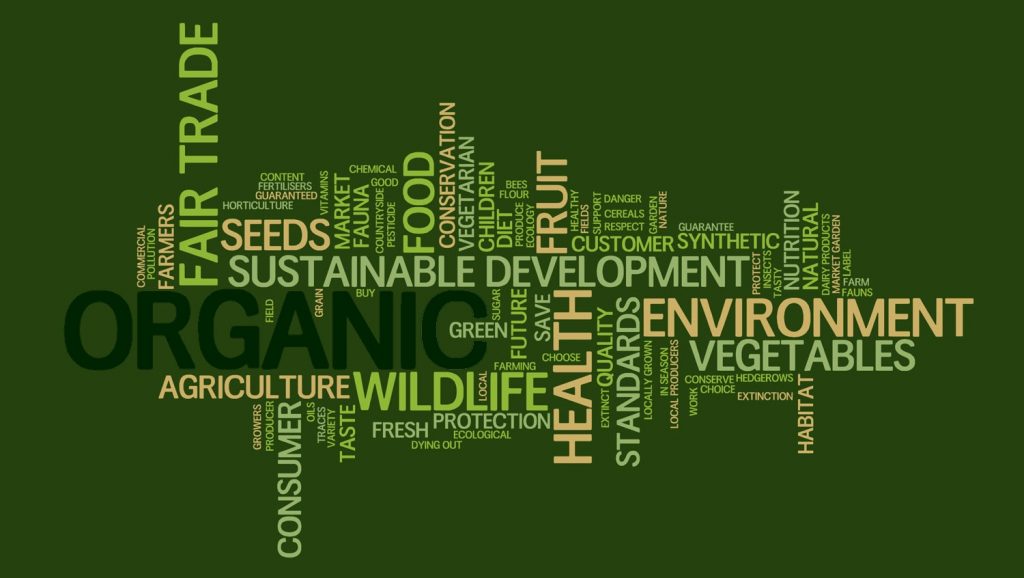
10 organic products
Organic food frees us from accumulating toxic waste in the body. The food must be especially organic in those foods that are most suspected of harboring chemicals.
- Meat – The outbreak of mad cow disease gave a great boost to organic meat. The regulations impose on farmers that they cannot give antibiotics or growth hormones to animals. Mammals and farm birds should feed on grain grown without chemical fertilizers or pesticides. The feed with meat by-products is also not allowed. In addition, organic veal must come from a cow that was given organic feed during the last third of its pregnancy.
- Dairy – Organic milk comes from cows fed from grains grown without chemical fertilizers or pesticides. Neither growth hormone nor antibiotics are allowed. Organic dairy cows should graze in the field regularly. The same precepts apply to the rest of the products derived from milk such as yogurt, ice cream, butter, or cheese.
- Fruit – When washing a piece of fruit, we are not eliminating all pesticides and if we peel it, we are losing nutritional benefits. Apples, nectarines, and peaches are the foods most loaded with pesticides. Strawberries absorb a large amount of poison and cannot be peeled. In the feeding of children, it is especially necessary to look for the ecological label.
- Eggs – Organic eggs come from birds that feed on organic grain and are not supplied with growth hormones or antibiotics. Country or free-range chickens must also have access to the yard.
- Coffee – In addition to worrying about having the eco-label, it would be good to also look for the Fair Trade label, which guarantees that coffee producers have been paid fairly. It should also be considered if it is of shade-grown origin, that is, of coffee grown in the shade of a forest, a production method that preserves the huge trees of the jungle and the biodiversity it houses.
- Potatoes – Potatoes absorb twice as many toxins when grown under non-ecological conditions. Fungicides prevent the so-called blight, the cause of the potato famine in the mid-1800s in Ireland, and that killed about a million people. There are no good methods to combat it, so the price of organic potatoes is almost double that of non-organic potatoes.
- Vegetables – Peppers, whatever they are, absorb pesticides as sponges through their thin skin. They are prone to insect infestation, so they are subject to heavy spraying of insecticides on large commercial farms. Even if they wash or peel, their contamination is not eliminated. Other vegetables that show a high level of pesticide residues are celery, green beans, and tomatoes. According to studies, the rates of pesticides in carrots and cauliflower are considerable if their origin is non-ecological, so they are other good candidates for organic buying.
- Green leafy vegetables – Insects, worms, and slugs love the tender leaves of spinach and lettuce. Some of the most potent pesticides are applied to the vegetables we use in our salads. Spinach is the vegetable with the highest amount of pesticides. On the contrary, organic farmers use non-toxic repellents and traps such as nets. Vegetables such as kale, mustard, and turnip greens, and cabbage are also at the top of the table due to the risk of contamination with pesticides.
- For babies – Babies and children are especially vulnerable to the harmful effects of pesticides, antibiotics, hormones, and any other chemical. Many pesticides used in fruits and vegetables are toxic to the brain and can interfere with their development. Growth hormones in meat can cause precocious puberty in girls. Organic food can benefit the child even before it is born since toxic chemicals pass from the mother to the fetus through the bloodstream.
- Beware of industrial food – Experts say that everything eaten in abundance should be organic, to avoid overexposure to certain chemicals. While a few pesticide residues in the snack bag may not be bad, if we consume them daily we start betting on the accumulation of toxins in our body. The same goes for the elaborated sauces, the pre-cooked food, the industrial bakery…
Not all foods also store toxic substances. In fact, some of them are not so contaminated when they are not ecological. Products that do not absorb pesticides too much or that are peeled are asparagus, avocados, bananas, broccoli, cabbage, kiwi, mango, onions, papaya, pineapple.

